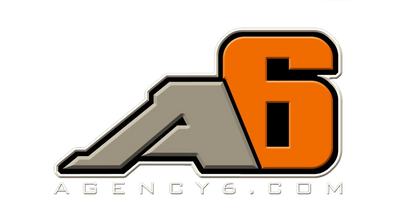- Vehicles
- Recovery
- Equipment
- All products
- Outlet
- Sign in
-
Vehicles
- Ford Bronco
- Bronco Grab Handles
- Bronco Limb Risers
- Bronco Spare Tire Delete
- Bronco 4DR B-pillar cover Set
- Bronco Pinch Weld Cover
- Bronco G.R.I.D.S.
- Bronco Rear Step
- Bronco Cowl Light Brackets
- Ford E350 Van
- E350 Grab Handles
- E350 Window GRIDS
- Toyota
- 4Runner G.R.I.D.S.
- Toyota / Lexus Battery Hold Down Bar
- Toyota 4Runner Liftgate Pull Straps
-
Recovery
-
Equipment
- All products
- Outlet
$67.57
| /
2.25 lb. Dayton axe head outfitted with a 24″ curved hickory handle. Popularly referred to as a “boy’s” axe. A “mid” sized tool. Dayton pattern originated from the Dayton, Ohio, area.
- Forged tool steel head. Made in USA.
- Hand sharpened, tapered bit for cutting and light splitting.
- ANSI Standards call for bit hardness of Rc 45-60, at least ½ inch back from the cutting edge. Council Tool internal standards call for tempered bit hardness of Rc 48-55 and we target 1-1/4 inches from the cutting edge. The poll and eye walls are not hardened and remain in the "as forged" condition.
- Head coated with boiled Linseed Oil over the "as forged" finish.
- 24″ curved American hickory handle. Eye section is dried to below 10% moisture content to minimize shrinkage and help prevent loosening. Hafted high and proud.
- Axe head is hydraulically seated onto handle and secured with a traditional double wedge system.
- The interior detail of the eye is tapered and allows for a strong mechanical bond. Approximately 1/4″ of overall length of the handle is removed during assembly.
Customer comments about the 22BR:
“I just wanted to say that I learned about Council Tool within the past year. I am involved in bushcraft and camping and when the announcement came out that CT was going to produce some higher quality axes aimed at my hobby, most of us took notice. Earlier this year, I saw a video on YouTube by Israel Turley of Turley Knives on your Boy’s Axe. He thought very highly of it and showed that a $40 tool made in the USA could compete with Wetterlings and Gransfors Bruks. I ended up buying a Boy’s Axe online and just used it for the first time this weekend. It is an excellent axe! I am very, very pleased with it and I’m looking forward to many long years of use.”












